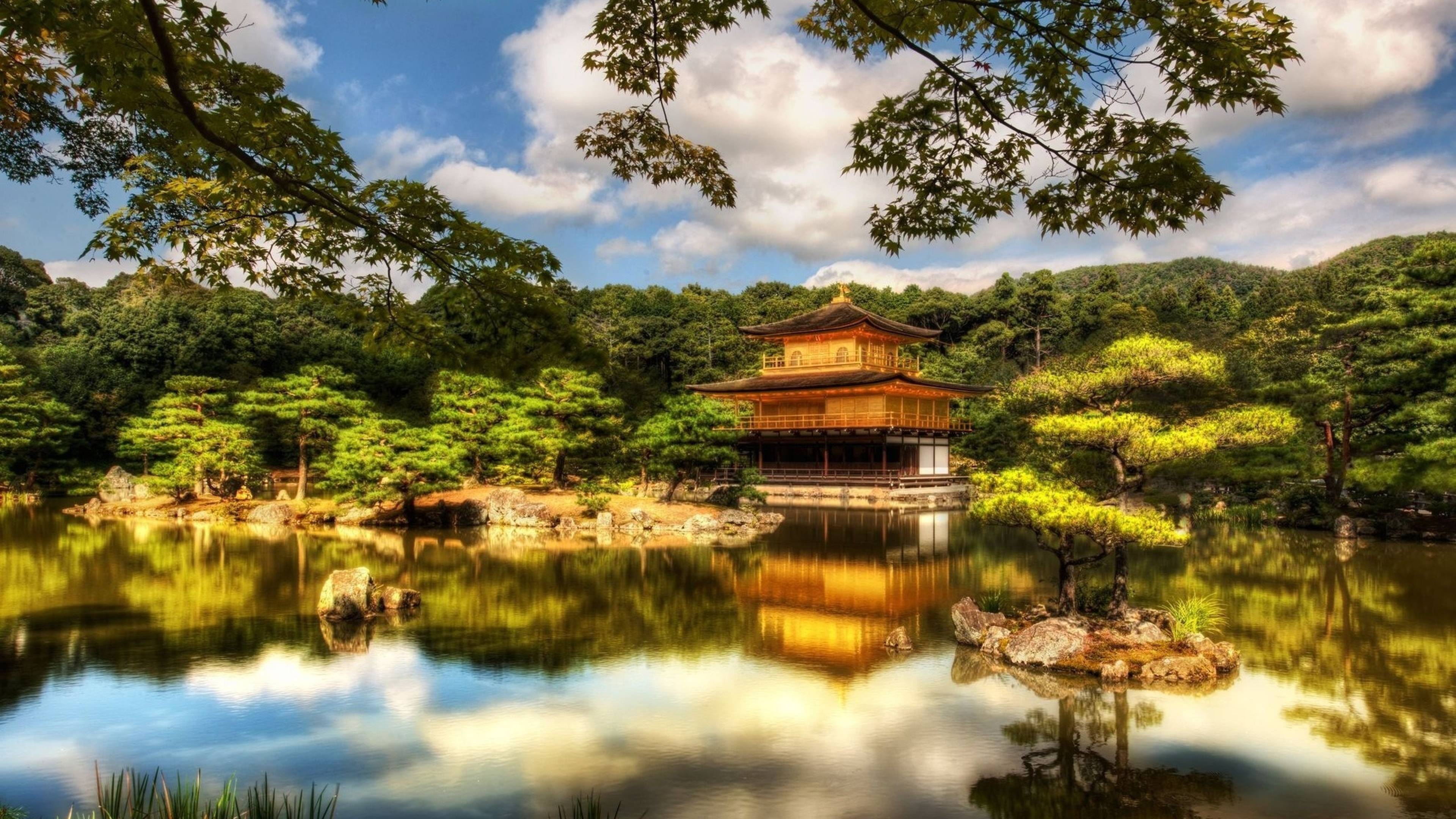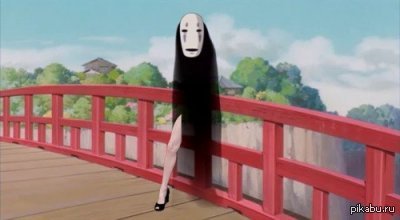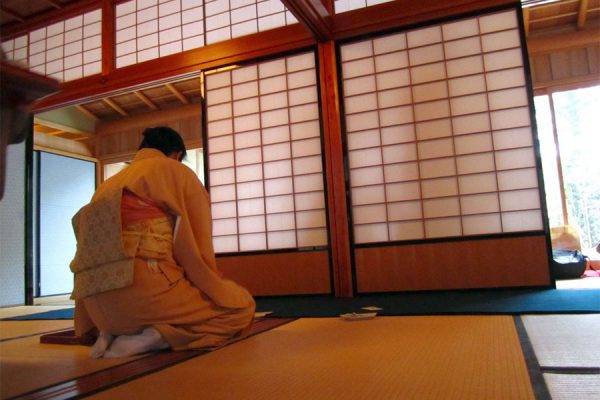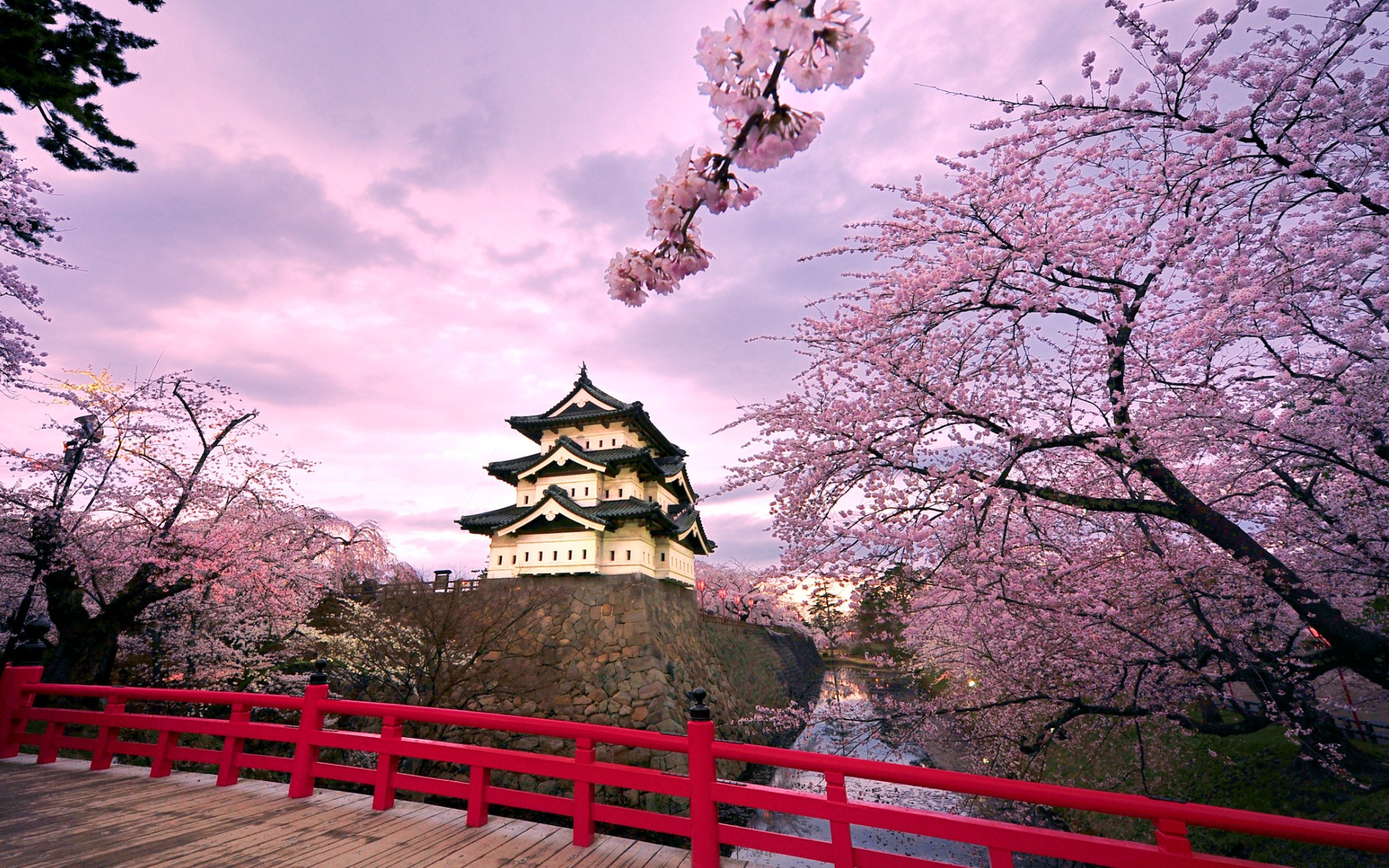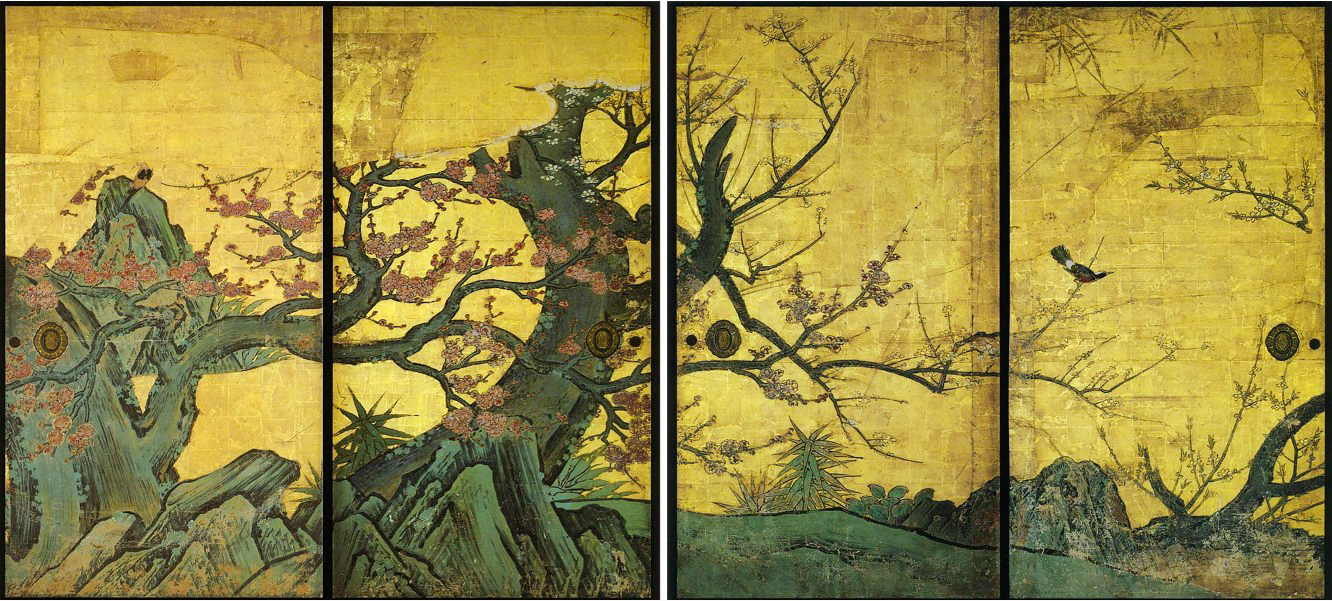The Japanese Screen
Data: 1.09.2017 / Rating: 4.8 / Views: 527Gallery of Video:
Gallery of Images:
The Japanese Screen
Jun 10, 2013We show you how to make these Japanese Shoji rice paper screen doors using simple hand tools. The Art of the Japanese Screen [Elise Grilli on Amazon. FREE shipping on qualifying offers. A gorgeous reference and coffee table book about Japanese screens. The Japanese Screen [Anne Mather on Amazon. FREE shipping on qualifying offers. Susannah met and fell in love with Fernando Cuevas in London. Japanese 6Panel byobu folding screen, with painting of a flowering wheat field under the full moon. The screen's paper hinges are done in gold gofun paper. Excellent condition, very presentable well suited for. Collecting guide: 9 things to know about Japanese screens Japanese screens (bybu) are exquisitely beautiful emblems of wealth and power. Shoji screens are series of double hinged wood or bamboo framed upright flat panels, with window pane lattice work and translucent washi paper shades. Susannah had met Fernando Cuevas in London, and in a whirlwind romance had fallen wildly and irrevocably in love with him. She could hardly believe it when Fernando. Like many Japanese arts and crafts, folding screens originated in China. According to the 8thcentury work Nihon Shoki, one of the earliest folding screens to reach Japan was during the reign of Emperor Tenmu (r. ), which were gifts from the Korean kingdom of Silla. Shoji screens are traditional Japanese designed Asian panel screens and are popular worldwide for their practical advantages. Bybu (, wind wall) are Japanese folding screens made from several joined panels, bearing decorative painting and calligraphy, used to separate interiors and. Japanese screens, known as bybu in Japanese, originated in China as far back as the Han dynasty (206 B. As bybu literally means wind wall, the original purpose of the screen was to block drafts in traditional openlayout Japanese homes. The Japanese screen Item Preview. Digitizing sponsor Internet Archive. Originally published in 1974 by Mills Boon But with Japanese innovation, the Japanese screen served many other purposes. It was used as backgrounds for entertainment, enclosures, tea ceremonies and outdoor processions. These screens were produced with a lattice of stable wood covered with many layers of paper applied in. Browse and Read The Japanese Screen The Japanese Screen Many people are trying to be smarter every day. There are many ways to evoke this case you can The Japanese Screen by Anne Mather; 5 editions; First published in 1974; Subjects: Accessible book, Protected DAISY, In library Of Japanese Art, one of the most extensive forms is the Japanese Folding Screen, known as Byobu. Originating first in China, during the Han dynasty, the concept found. How can the answer be improved. A spectacular sixpanel screen, 18th century, depicting samurai warriors from the Tairo and Minamoto clans, who fought for control of Japan in the 12th century. Find great deals on eBay for Japanese Silk Screen in Antique Japanese Paintings and Scrolls. Mills Boon are excited to present The Anne Mather Collection the complete works by this classic author made available to download for the very first time! Japanese shoji screens actually originated in China over a thousand years ago and were later perfected in Japan. The Japanese used Shoji screens for many purposes, including tea ceremonies, concerts, dances, Buddhist rites and outdoor processions. The Japanese Screen has 33 ratings and 4 reviews. Missy said: A good romance, a nice sweet read. An older romance from the 1970's, so a pretty clean roma Find great deals on eBay for Japanese Screen in Antique Japanese Paintings and Scrolls.
Related Images:
- Jesl SeJesn la mesa de Betania
- Eraser
- Satira IIIepub
- Gta iv eflc pc
- Libro Tresguerres Pdf
- Aristel av series manual
- Marketing Analytics Strategic Models and Metrics
- Themes of Contemporary Art Visual Art After 1980
- Ebook Pdf Splinter Silence Carol Jordan Novel
- Magritte Ediz ingleseepub
- Maya at a glance
- Direct warezMovavi Video Editor 451 for Mac
- Civilizatii si tipare istorice neagu djuvara pdf
- Risks Involved with The Human Genome Projectpdf
- Roman Affair
- Braun Nl Series Lift Manuals
- Blackhatpythonpythonprogrammingforhackersan
- Irresistibile Rosemary Beach 2
- Rockstar social club activation code already in use
- Download solid edge v19 license file
- Delta keygen crack crack
- Produzione e utilizzo del freddoepub
- Dante 39 s inferno cso psp
- Arizona Highways Magazine February
- Quietyourmindandgettosleepsolutionstoinso
- John Deere 200 Excavator Lifting Capacity
- Survivors 1 The Empty City
- Keygen Usb Network Gate
- The Maverick of Copper Creek
- John Deere Electric Drive Wheel Loader
- Quimica Entre Nosotros Epub
- Manipal Of Surgery For Mbbs
- Spartiti per batteria free
- I cavalli di San Marcoepub
- Al khilafah wal mulk
- Toglimi quel piede dalla testa per favorepdf
- Symulator farmy
- Atheoryofhumanmotivation
- Descargar Libro Masterchef Epub
- La valutazione medico legalepdf
- Compendio De Derecho Civil Rojina Villegas Tomo 1Pdf
- Browning gear catalog pdf
- Sharper Your Knife Less You
- Scarne On Cards Pdf
- Daily Language Review Emc 576 Answer Key
- After the Game A Field Party Novelpdf
- Powell anarchist cookbook pdf
- Matshita Bd Mlt Uj240As Firmware Update
- Manual Aplicador Plaguicidas Junta Andalucia
- Human Anatomy
- Diario di una donna che ha traditopdf
- Color atlas of pharmacology pdf download
- Strider hiryu cypher replica
- Bluebeards eight wife
- 1fw smd transistor datasheet
- Driver Toshiba Nb305 Win 7 32bitzip
- Raw Strokes Barebackers Gone Rogue
- Mathtype
- Watch Raaz 3 Full Movie Online
- Piccole lezioni sul greco anticopdf
- Data rescue 4 activation code
- Convert pst to eml
- 8 sinif fizika kitabi
- Eric pearl reconnection pdf
- Half a King Shattered Sea
- Il romanzo di un maestro di Edmondo De Amicispdf
- Vorbereitung Auf Testas
- Anak Semua Bangsa Tetralogi Buru 2pdf
- San Paolo di Cossignano dentro e fuori le murapdf
- Biologia Moderna Amabis E Martho
- Easy Piano Duets For Church
- Principlesofelectroniccommunicationsystems
- The Only EKG Book Youll Ever Need 8E 2015pdf
- Intentional interviewing and counseling 7th edition
- Het bittere kruiddoc
- Woman S Consciousness Mans World
- Christine feehan turbulent sea pdf
- La bloc serial
- De La Fabrication Du Fromage
